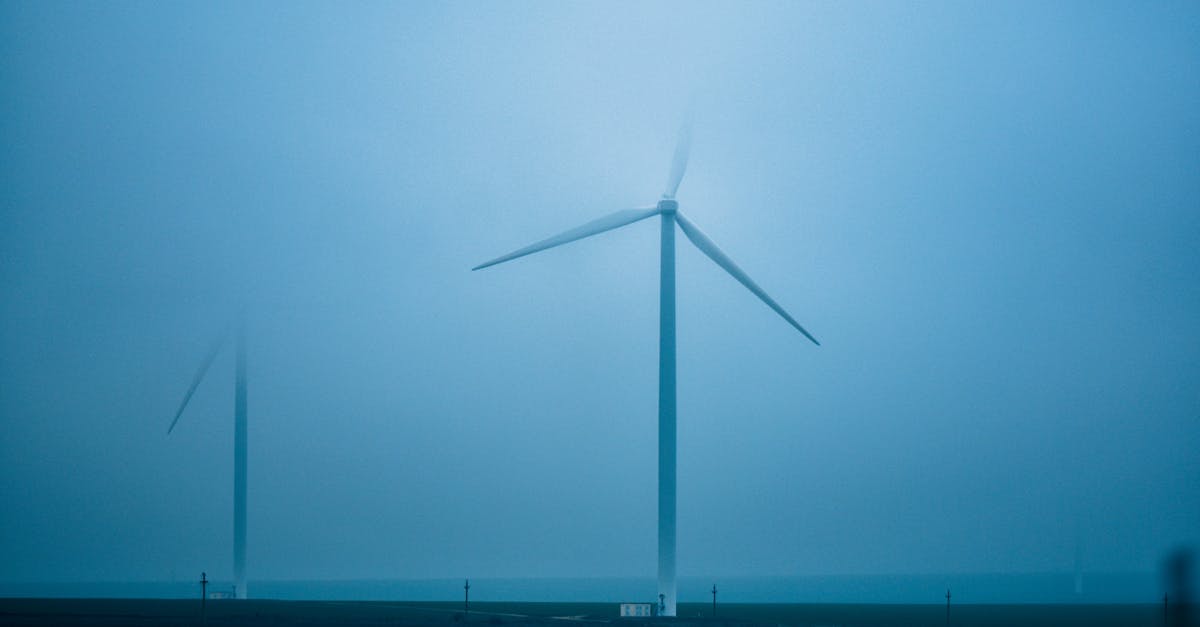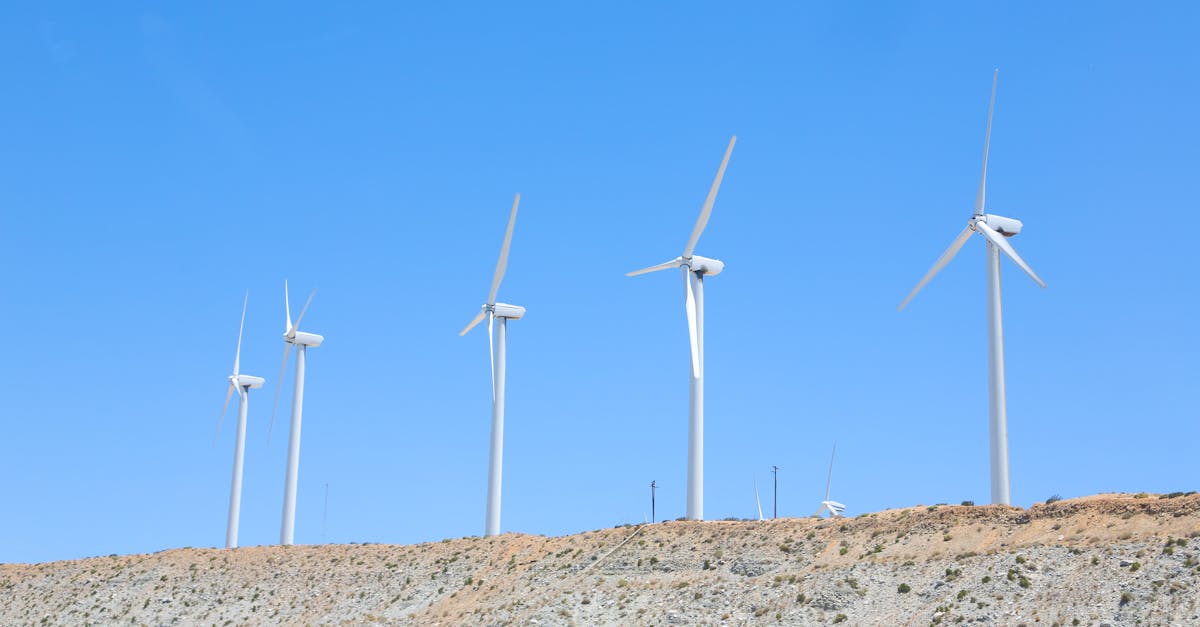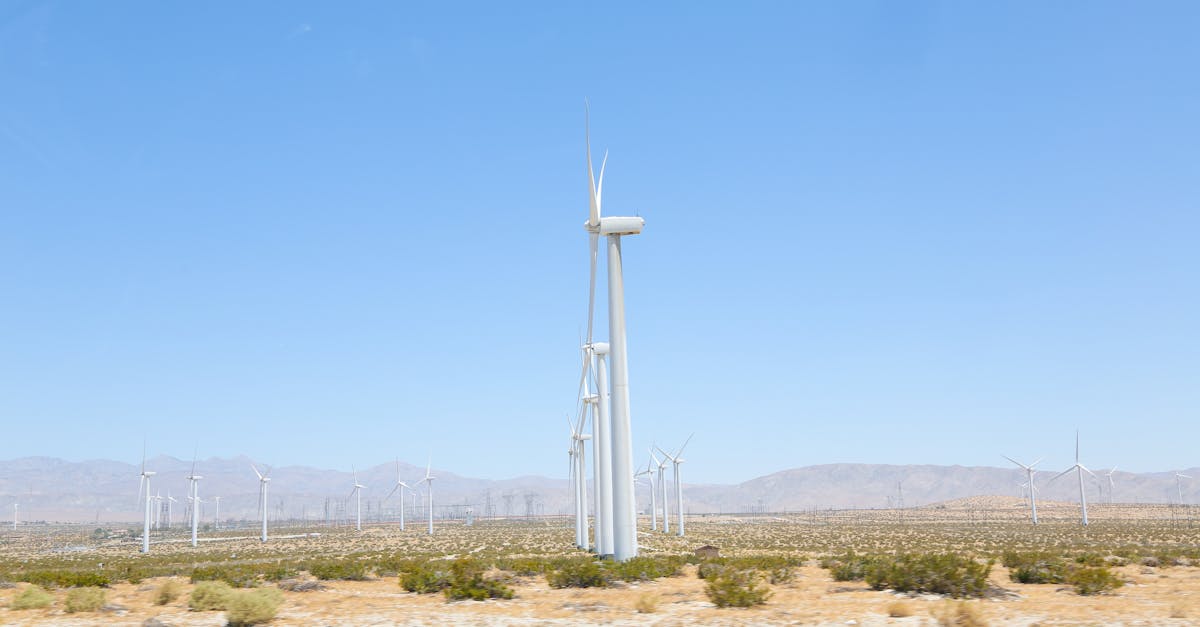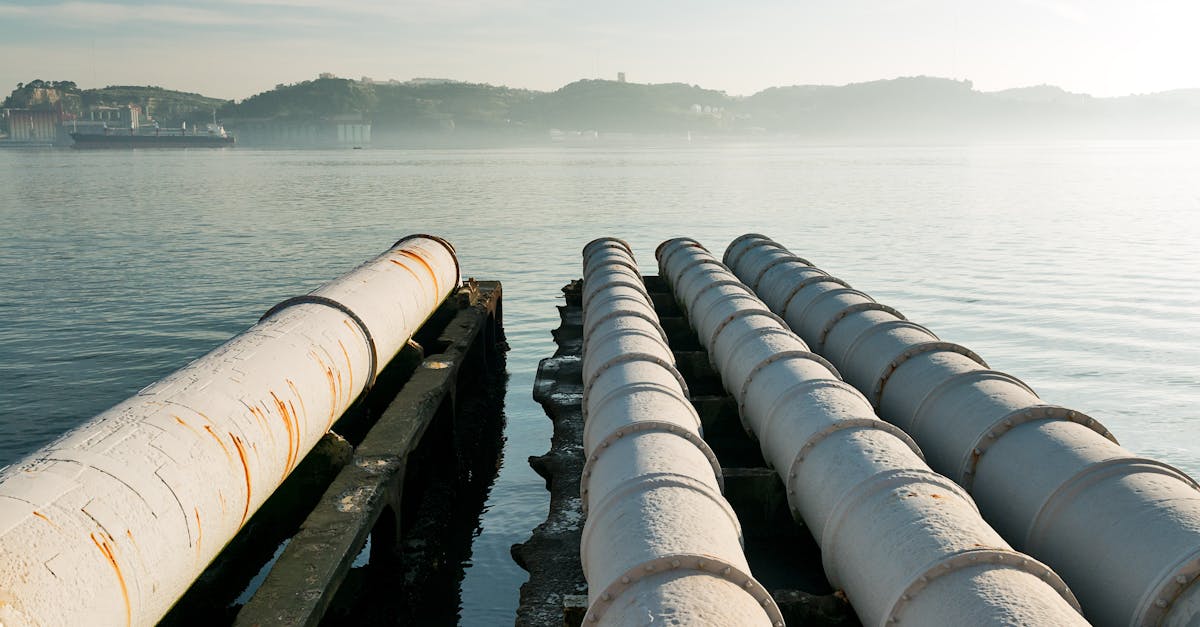Quenching Thirst with Innovation: The Promise of Air-to-Water Technology

Water from Thin Air: A Lifeline in the Fight Against Water Scarcity
Harnessing the untapped potential of water vapor in the air, air-to-water technology offers a groundbreaking solution to the global water crisis. By extracting pure drinking water from the atmosphere, this innovative approach provides a reliable and sustainable source of hydration for communities facing water scarcity. Join us as we delve into the fascinating world of air-to-water generators, uncovering their types, key factors for efficient water generation, diverse applications, and ongoing advancements that are shaping the future of water sustainability.
Thank you for reading this post, don't forget to subscribe!
From remote villages to disaster-stricken regions, air-to-water technology is proving to be a game-changer. Whether it’s providing clean drinking water for communities without access to traditional water sources or supplementing water supplies during emergencies, the impact of this technology is already being felt worldwide and holds even greater promise for the future. As research and development continue to push the boundaries of air-to-water generation, we can look forward to even more efficient and accessible systems that will empower communities to overcome water scarcity and unlock a brighter, more sustainable future for all.
1. Understanding Air-to-Water Technology
Understanding Air-to-Water Technology: Extracting Water from the Invisible Source
Air-to-water technology is a groundbreaking innovation that has the potential to revolutionize the way we think about water scarcity. This technology mimics the natural process of condensation, extracting water from the humidity in the air and converting it into pure drinking water. The significance of this technology lies in its ability to provide a reliable and sustainable water source in regions where traditional water sources are scarce or non-existent.
Air-to-water generators work by drawing in air, which is then passed through a series of filters to remove dust, particles, and other impurities. The air is then cooled, causing the water vapor to condense into liquid water. This water is then collected and undergoes additional purification processes to ensure it is safe for drinking. The process is energy-efficient and can be powered by renewable energy sources, making it a sustainable solution for water scarcity.
The implications of air-to-water technology are far-reaching. It offers hope to communities in remote areas, disaster zones, and regions affected by drought. By providing a decentralized and reliable source of clean water, air-to-water generators can improve public health, boost economic development, and empower communities to become more resilient to water scarcity.
2. Types of Air-to-Water Generators

Types of Air-to-Water Generators: A Variety of Solutions for Diverse Needs
Air-to-water generators come in various types, each with its unique advantages and applications. The two main types are atmospheric water generators (AWGs) and dehumidifiers. AWGs are designed specifically to extract water from the air, while dehumidifiers have a primary function of removing moisture from the air, but can also be used to generate water as a byproduct.
AWGs work by drawing in air and passing it through a series of filters to remove impurities. The air is then cooled, causing the water vapor to condense into liquid water. AWGs are typically more efficient at extracting water from the air than dehumidifiers, but they also tend to be more expensive. AWGs are well-suited for use in arid regions or in applications where a dedicated source of drinking water is required, such as remote communities or disaster relief situations.
Dehumidifiers, on the other hand, work by drawing in air and passing it over a cold surface, causing the water vapor in the air to condense into water droplets. Dehumidifiers are typically less efficient at extracting water from the air than AWGs, but they are also more affordable and versatile. Dehumidifiers are commonly used in homes and businesses to control humidity levels and improve air quality, but they can also be used to generate water in humid environments.
3. Key Factors for Efficient Water Generation
Key Factors for Efficient Water Generation: Optimizing Your Air-to-Water Generator
The efficiency of air-to-water generators is influenced by several key factors, including humidity, temperature, and air quality. Here’s a closer look at each factor and tips on how to optimize water yield:
Humidity: Humidity refers to the amount of water vapor in the air. The higher the humidity, the more water vapor is available for the generator to extract. Air-to-water generators perform best in humid environments, such as coastal areas or during humid seasons. If you live in a dry climate, you can increase the humidity in your home or office by using a humidifier.
Temperature: The temperature of the air also affects the efficiency of air-to-water generators. Warm air can hold more water vapor than cold air, so generators tend to produce more water in warmer temperatures. However, if the air is too hot, the generator may have to work harder to cool the air down, which can reduce efficiency. The optimal temperature range for air-to-water generators is between 60°F and 80°F (15°C and 27°C).
Air quality: The quality of the air can also impact the efficiency of air-to-water generators. Dust, pollen, and other particles in the air can clog the generator’s filters and reduce its ability to extract water. It’s important to keep the generator’s filters clean and to place it in a well-ventilated area.
4. Applications of Air-to-Water Technology

Applications of Air-to-Water Technology: A Versatile Solution for Water Scarcity
Air-to-water technology has a wide range of applications, offering a versatile solution to water scarcity in various settings:
Providing drinking water in remote areas: Air-to-water generators can provide a reliable source of clean drinking water in remote communities that lack access to traditional water sources. These generators can be powered by renewable energy sources, making them a sustainable solution for off-grid communities.
Disaster relief: Air-to-water generators can be deployed to disaster-stricken areas to provide clean drinking water to survivors. These generators can be quickly and easily set up, making them ideal for emergency situations.
Supplementing water sources in arid regions: Air-to-water generators can be used to supplement existing water sources in arid regions. By extracting water from the air, these generators can help to reduce the strain on traditional water sources and improve water security.
5. Challenges and Future Prospects
Challenges and Future Prospects: Pushing the Boundaries of Air-to-Water Technology
While air-to-water technology holds immense promise, it also faces certain challenges and limitations:
Cost: Air-to-water generators can be expensive to purchase and operate. The cost of the generator itself, as well as the cost of electricity or other energy sources to power the generator, can be a barrier to widespread adoption.
Energy consumption: Air-to-water generators require energy to operate. While some generators can be powered by renewable energy sources, others rely on fossil fuels, which can contribute to greenhouse gas emissions.
Scalability: The scalability of air-to-water technology is another challenge. While small-scale generators are available for personal use, scaling up the technology to produce larger quantities of water is still a work in progress.
Despite these challenges, ongoing research and advancements are pushing the boundaries of air-to-water technology. Researchers are working to develop more efficient and cost-effective generators, as well as to explore new applications for this technology. With continued innovation, air-to-water technology has the potential to become a game-changer in the fight against water scarcity.
6. Conclusion: Empowering Water Sustainability
Conclusion: Empowering Water Sustainability through Air-to-Water Technology
Air-to-water technology has the potential to revolutionize the way we think about water scarcity. By extracting water from the air, this technology offers a sustainable and decentralized solution to the global water crisis. Air-to-water generators can provide clean drinking water to remote communities, disaster-stricken areas, and arid regions, empowering communities to become more resilient to water scarcity.
As research and development continue to advance air-to-water technology, we can expect to see even more efficient and affordable generators in the future. This will make air-to-water technology even more accessible to communities in need, helping to close the gap between water supply and demand. By embracing air-to-water technology, we can create a more water-secure world for present and future generations.
What are the advantages of air-to-water generators over traditional water sources?
Air-to-water generators offer several advantages over traditional water sources, including: – Decentralized water production: Air-to-water generators can be installed in any location, making them ideal for remote communities or areas with limited access to traditional water sources. – Sustainable water source: Air-to-water generators extract water from the air, which is a renewable resource. This makes them a more sustainable option than traditional water sources, such as groundwater or surface water, which can be depleted or polluted. – Reliable water supply: Air-to-water generators can provide a reliable source of water, even during droughts or other water shortages. – Improved water quality: Air-to-water generators produce clean, purified water that is free of contaminants and impurities.
What are the different types of air-to-water generators?
There are two main types of air-to-water generators: – Atmospheric water generators (AWGs): AWGs extract water from the air using a process called condensation. Air is drawn into the generator and passed over a cold surface, causing the water vapor in the air to condense into liquid water. – Dehumidifiers: Dehumidifiers extract water from the air as a byproduct of their primary function of removing moisture from the air. Dehumidifiers work by drawing in air and passing it over a cold surface, causing the water vapor in the air to condense into water droplets.
What are the key factors that affect the efficiency of air-to-water generators?
The efficiency of air-to-water generators is affected by several key factors, including: – Humidity: The humidity of the air is the most important factor affecting the efficiency of air-to-water generators. The higher the humidity, the more water vapor is available for the generator to extract. – Temperature: The temperature of the air also affects the efficiency of air-to-water generators. Warm air can hold more water vapor than cold air, so generators tend to produce more water in warmer temperatures. – Air quality: The quality of the air can also impact the efficiency of air-to-water generators. Dust, pollen, and other particles in the air can clog the generator’s filters and reduce its ability to extract water.
Quiz: Test Your Understanding
- What is the main advantage of air-to-water technology over traditional water sources?
(a) Lower cost (b) Decentralized water production (c) Improved water quality (d) Higher water yield
- Which of the following is NOT a factor that affects the efficiency of air-to-water generators?
(a) Humidity (b) Temperature (c) Air quality (d) Altitude
-
True or False: Air-to-water generators can be used to provide clean drinking water in remote areas.
-
What is the main challenge facing air-to-water technology?
(a) High cost (b) Low efficiency (c) Limited scalability (d) All of the above
- How can air-to-water technology contribute to water sustainability?
(a) By providing a reliable water source in water-scarce regions (b) By reducing our reliance on traditional water sources (c) By improving the quality of our water supply (d) All of the above
- (b)
- (d)
- True
- (d)
- (d)




